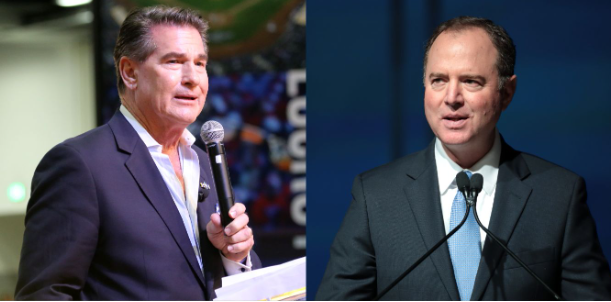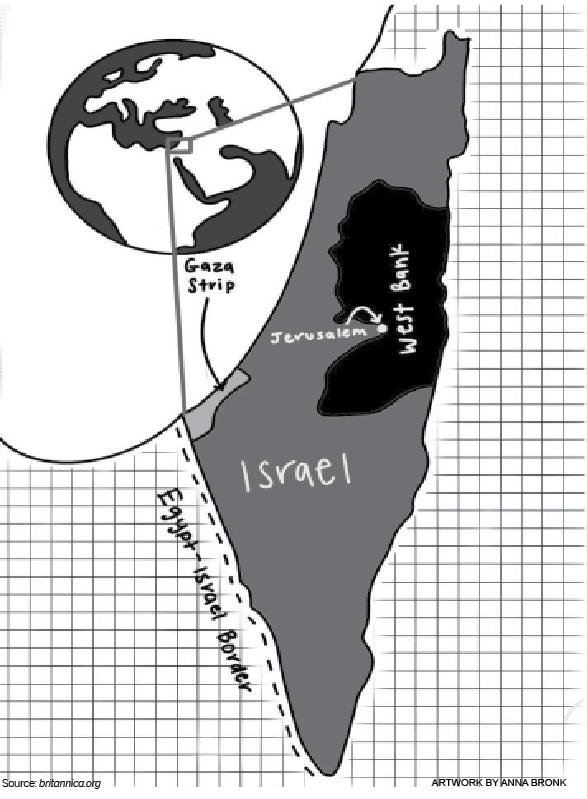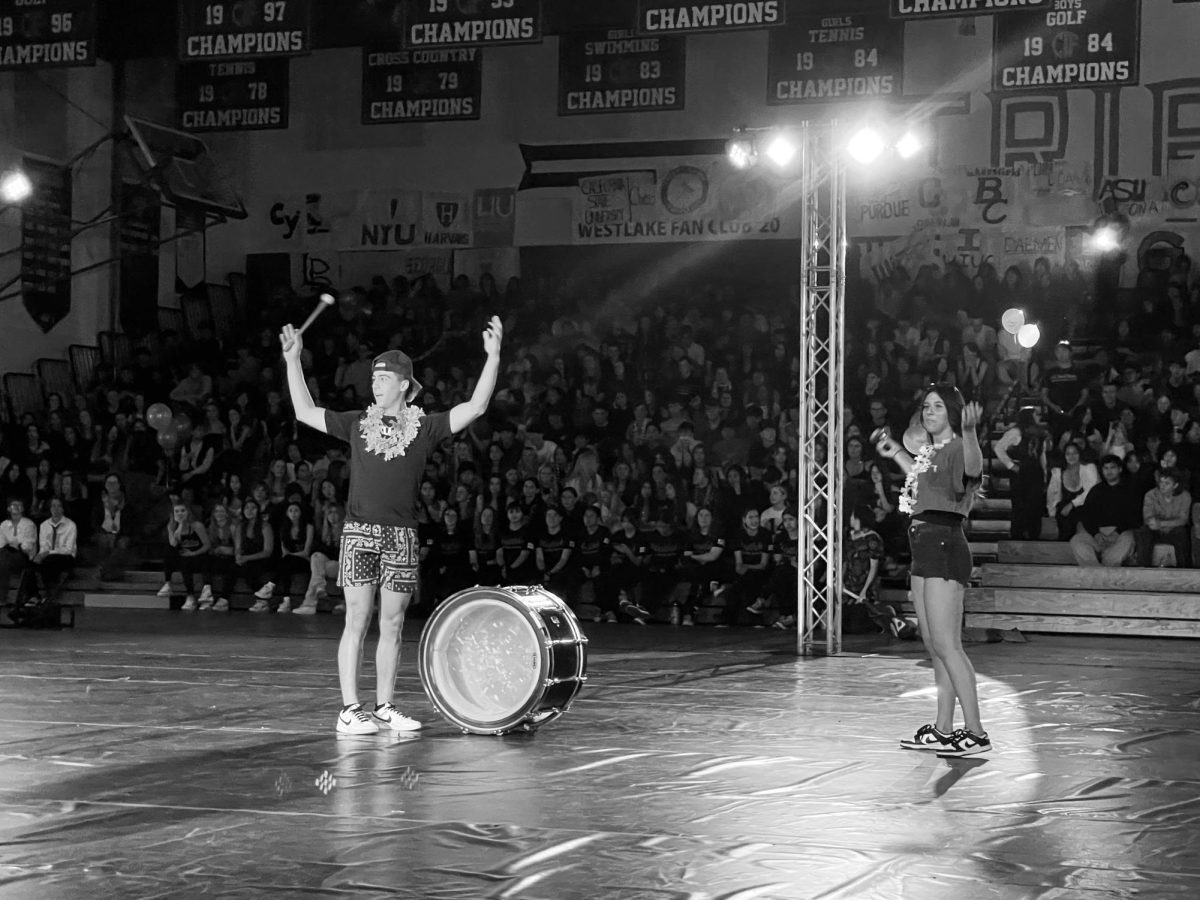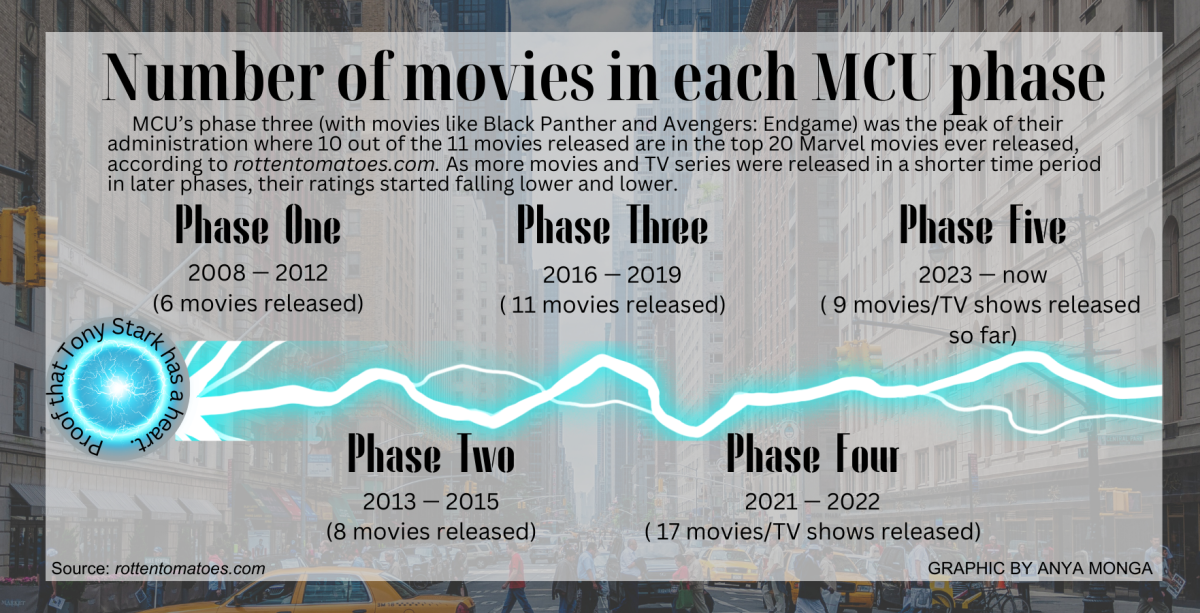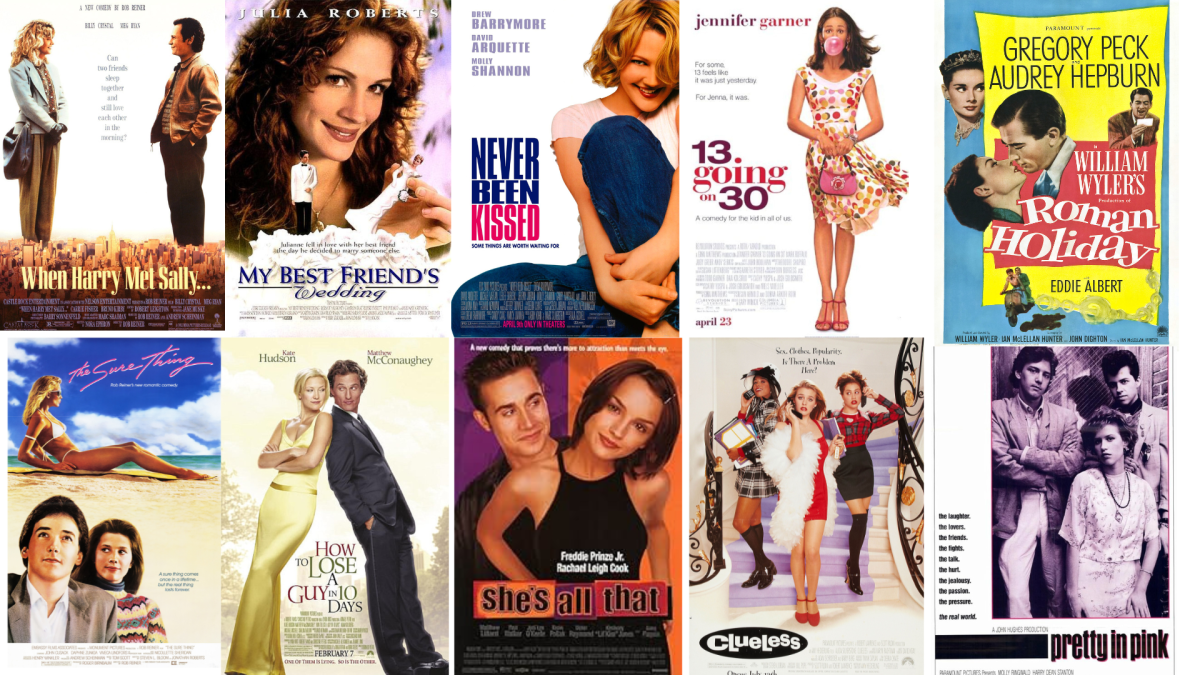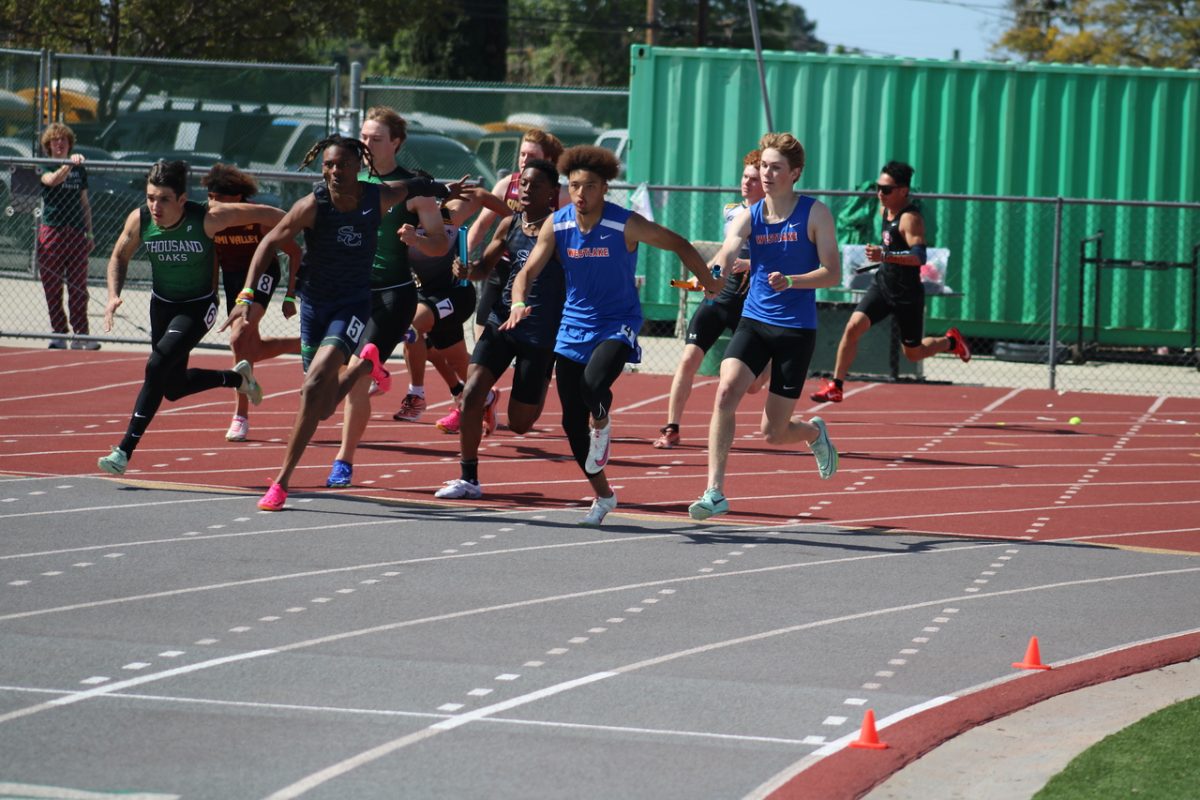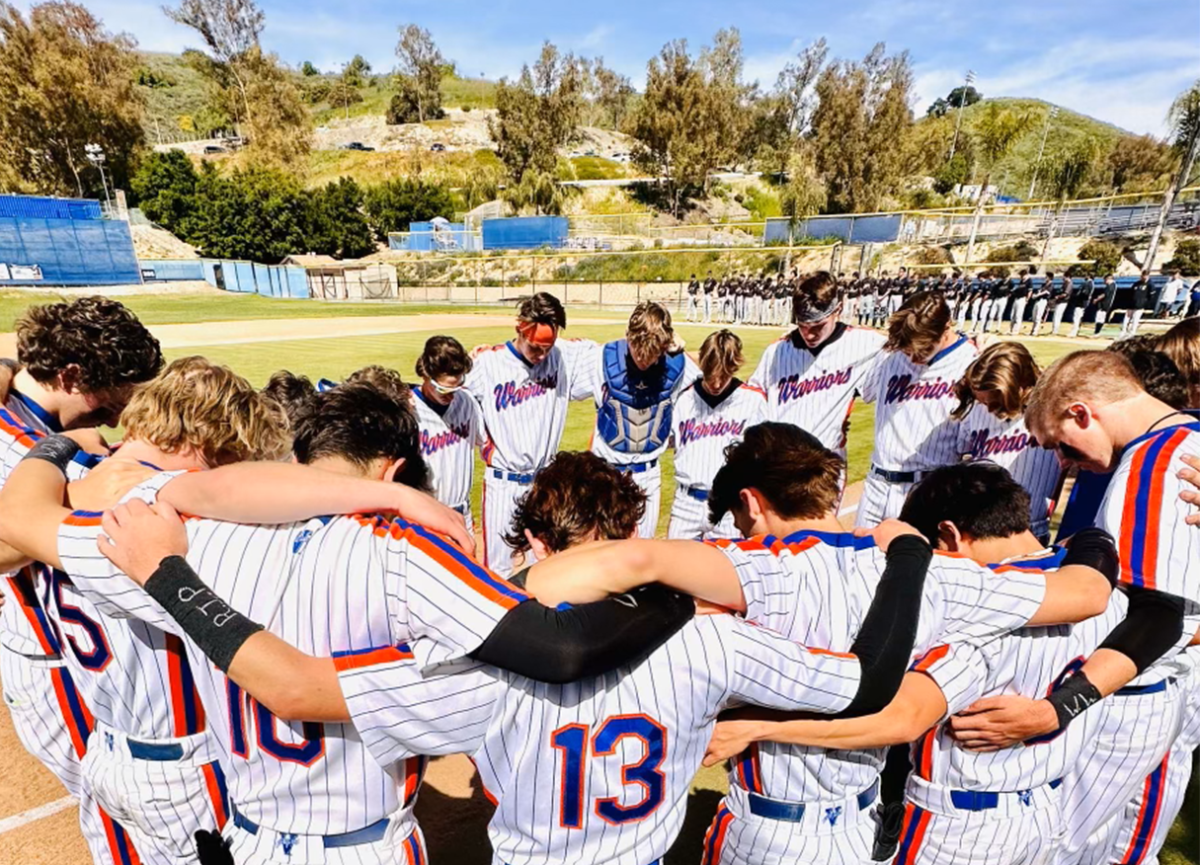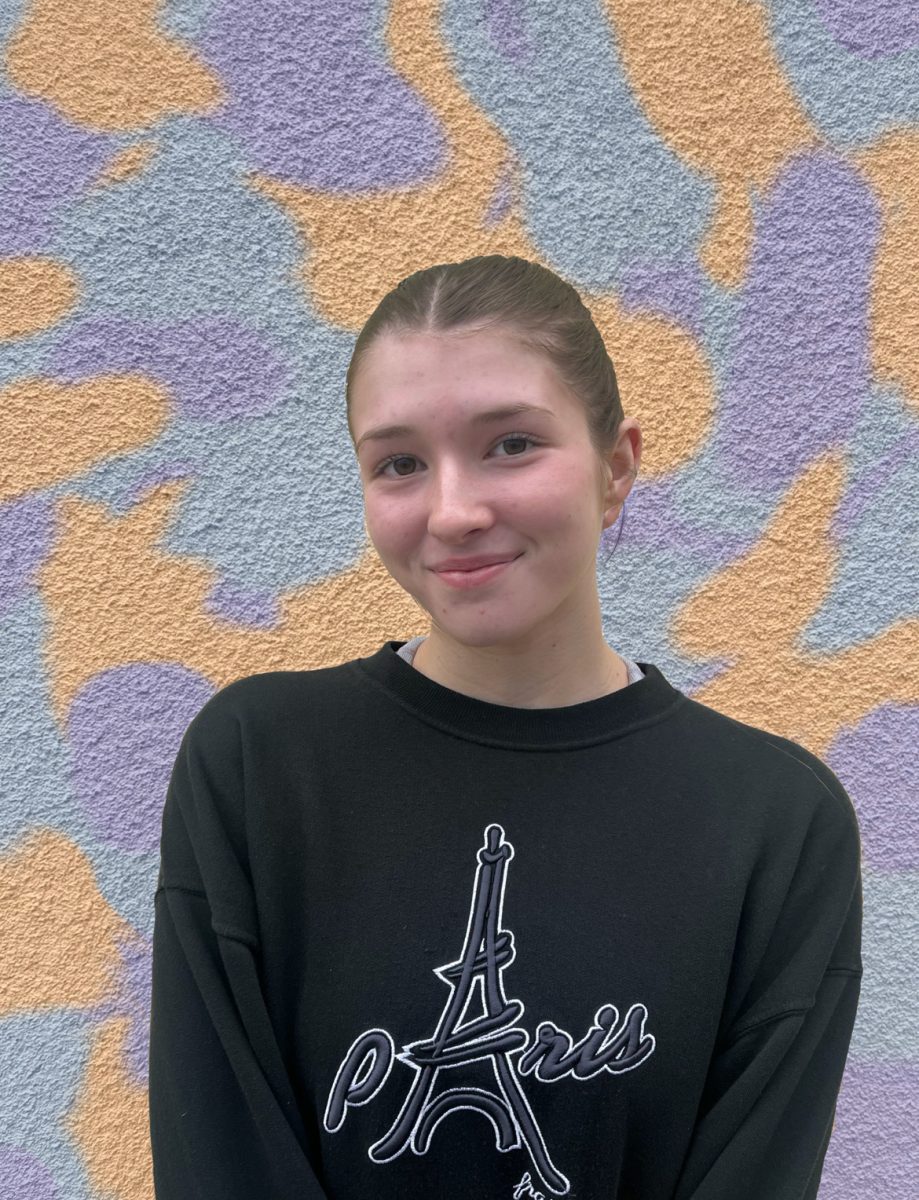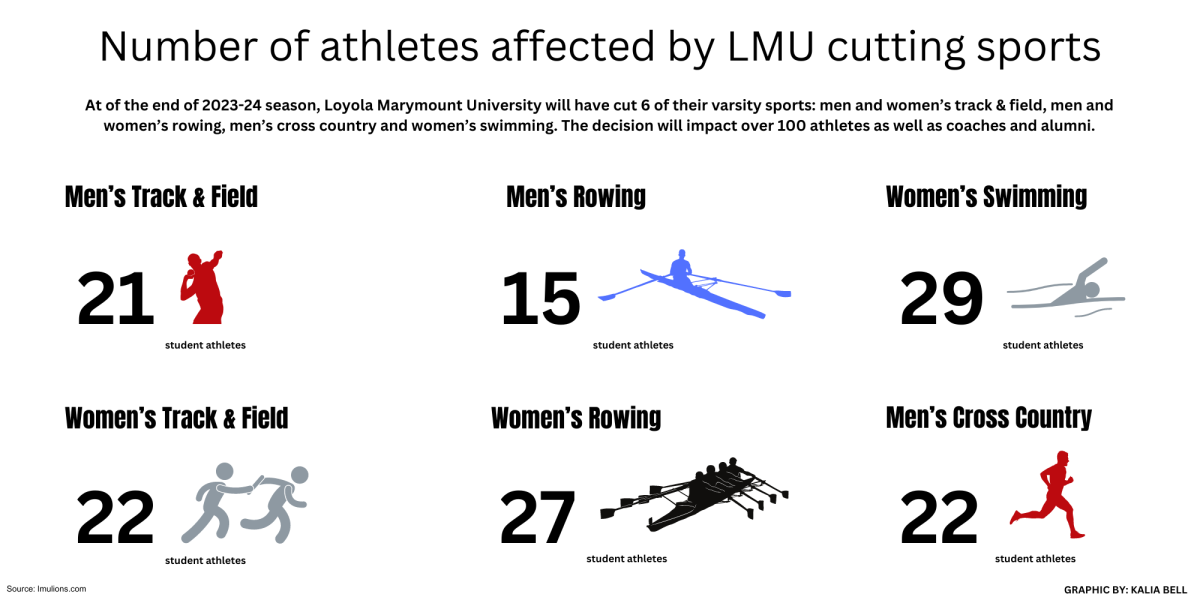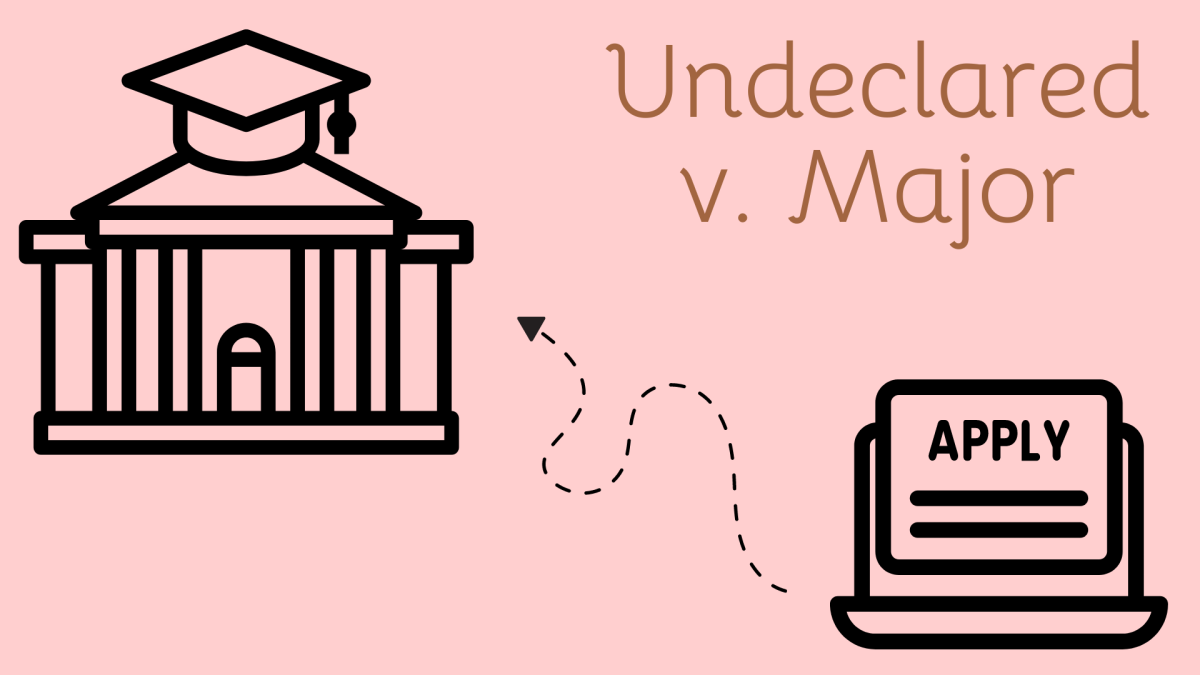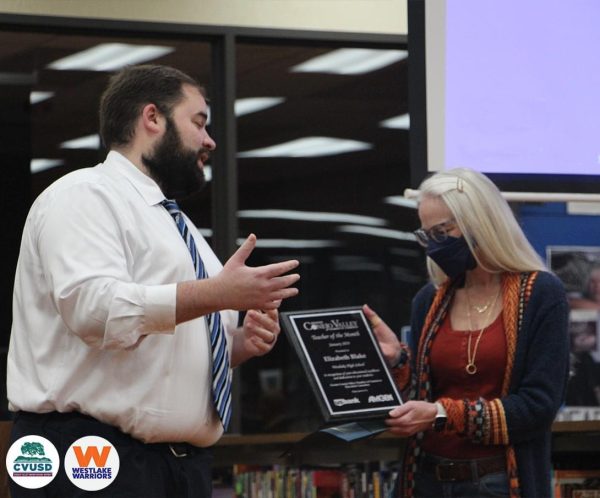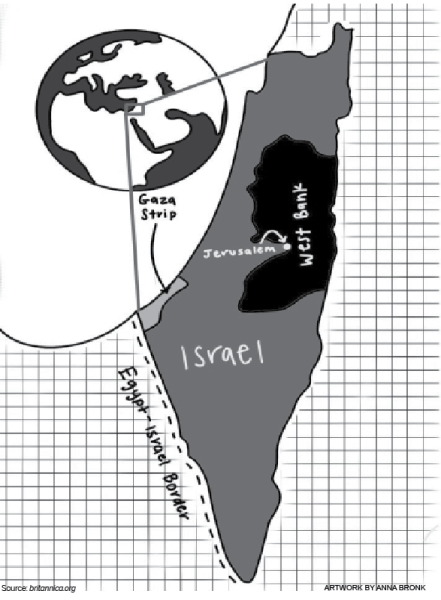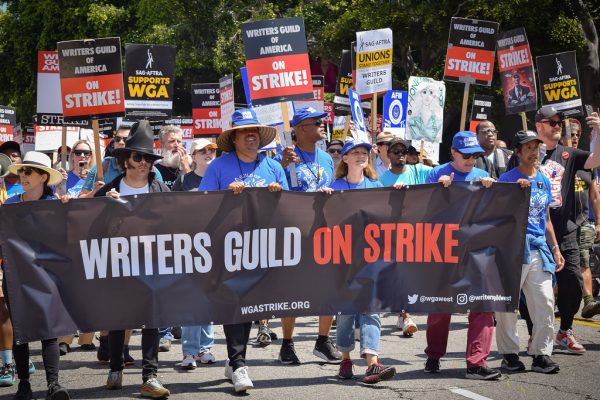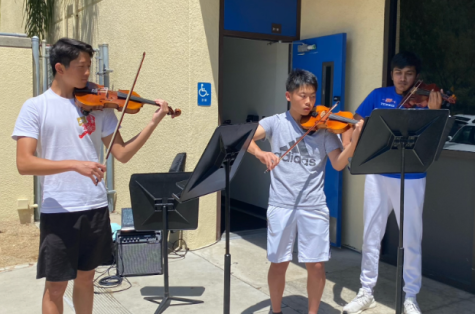Iran fights for change
PHOTO COURTESY OF Darafsh CC BY SA 4.0
IRAN TAKES TO STREETS: Protests continue on Sept. 20, 2022 in Iran’s largest city, Tehran at Kabir University in hopes of attaining change for women.
On Sept. 13th, Mahsa Amini, a Kurdish-Iranian woman was arrested in Tehran, Iran by the Guidance Patrol, also known as Iran’s morality police force, for violating Iran’s strict laws requiring women to wear a headscarf or hijab. She was rushed to the hospital due to collapsing from bodily trauma while in police custody and was declared dead on Sept. 16th. Amini’s death has sparked outrage in Iran and across the world towards the current regime in power with mass protests being held in the Iranian cities of Tehran, Mahshad, Tabriz, and Isfahan as well as international cities such as London, New York City, Beirut, and Los Angeles.
Women in Iran are leading the protests by burning their hijabs and cutting their hair as a form of rebellion against Iran’s strict dress code. For many women in Iran, Mahsa’s death has sparked anger and frustration towards the government in control.
“I think that [the protests] symbolize that [women] are sick and tired of being oppressed for so long and [now] they feel like they have a voice and a say after so many events that happened,” said Iranian-Pakistani-American Fatima Marpara ‘24.
Due to the social unrest towards the government, Iranian authorities have limited Iranian citizens’ access to the internet especially platforms such as Whatsapp and Instagram, which are used to coordinate and plan protests.
“I can’t be in [constant] contact with anyone in Iran,” said Iranian-American Elizabeth Biyoukaghai ‘25. “My dad is there right now and only sometimes [through] text [can I contact] him and it sucks. Because of these protests, everything is just blocked so it’s insane to see how much control [the government] has over the people.”
Often, the authorities in Iran have started targeting women as responsible for the protests and used physical force as a method to prevent them. Women in the protests are often jailed, shot, or physically beaten for speaking up against the government.
“[My Mom and I] just left [Iran] because we couldn’t handle all the women’s oppression,” said Biyoukaghai. “You have to be a strong woman to live in those countries.”
The Iranian government maintains strict rules on how females should act and dress in society. As of 2022, Iranian Civil Code states that, after reaching puberty, women can not reveal their hair in public, obtain a passport without written consent from their husbands or marry non- Muslims. It is also much harder for women to file for divorce from their husbands, and they are forced to forfeit child custody if they remarry. The penalty for breaking these laws is imprisonment or floggings anywhere from 10 to 74 lashes.
“It’s really sad to keep seeing these people getting killed,” said Biyoukaghai.
“I just feel that the world keeps getting more modern, but Iran isn’t stepping into the future and they’re staying in the past.”
The Iranian morality police who was responsible for Amini’s death was created in 2005 with the purpose of enforcing Iran’s strict modesty laws, and they have repeatedly arrested women for violating the rules or putting them through “re-education classes” which consists of women being forced to sign pledges to abide by the morality laws.
“They caught me next to the metro station because I had a piercing and I was… not properly dressed,” said Iranian activist Doya Fard in an interview with Agence France-Presse. “It was very scary because I was very unfamiliar with these circumstances. I was crying [inside the police van].”
The government in Iran has also influenced the culture by pushing certain societal ideas about how women are viewed and what is culturally acceptable. Since the 1979 revolution, culture in Iran has been shaped by restrictive government viewpoints.
“In public, random people in [Iran] would yell at me and tell me you need to cover up,” said Biyoukaghai. “The [men] definitely feel like they have more power in Iran. You just don’t have the same voice as a man in Iran. You can talk and talk and be really smart, but they just won’t listen to you.”
Among some people ,there is hope that the Amini protests can cause a revolution to take place, akin to the one that happened in 1979, except this time women hope to gain their rights instead of losing them.
“I really do hope that there is [a revolution], now that it’s something that is being more recognized,” said Marpara. “[By] coming together in unity, it’s much harder to be stopped. I hope the government becomes more inclusive.”
However, the protests are a pushback against the government’s harsh regime and lack of freedom available for women, not the country’s state religion: Islam.
“I hope that [people] learn that Islam is not a harmful religion in anyway and its not something that we should associate with the [Iranian] government,” said Marpara. “We should separate culture and religion, those are two completely different aspects, and that applies to all Middle Eastern countries.”
The movement behind the protests has sparked a new sense of urgency among young women. For many of them, Amini’s death was not the beginning for the Women’s equality movement, but it has further fueled activism and demanded change.
“When I look at [Amini’s death] it feels sad, it feels like a setback, but what I want to do is keep hoping [as] I’m still young and you have to be hopeful,…you have to be pushing for change,” said Emily Dale, AP Human Geography and European History teacher. “[If] this speaks to you, read articles, watch videos, talk to other people about it, engage with it, just don’t let it pass by.”
Your donation will support the student journalists of Westlake High School. Your contribution will allow us to purchase equipment and cover our annual website hosting costs.

My name is Sania Gali and I am the Co-Web-Editor in Chief and the News Section Editor for The Arrow. I love journalism because of the exciting stories...
